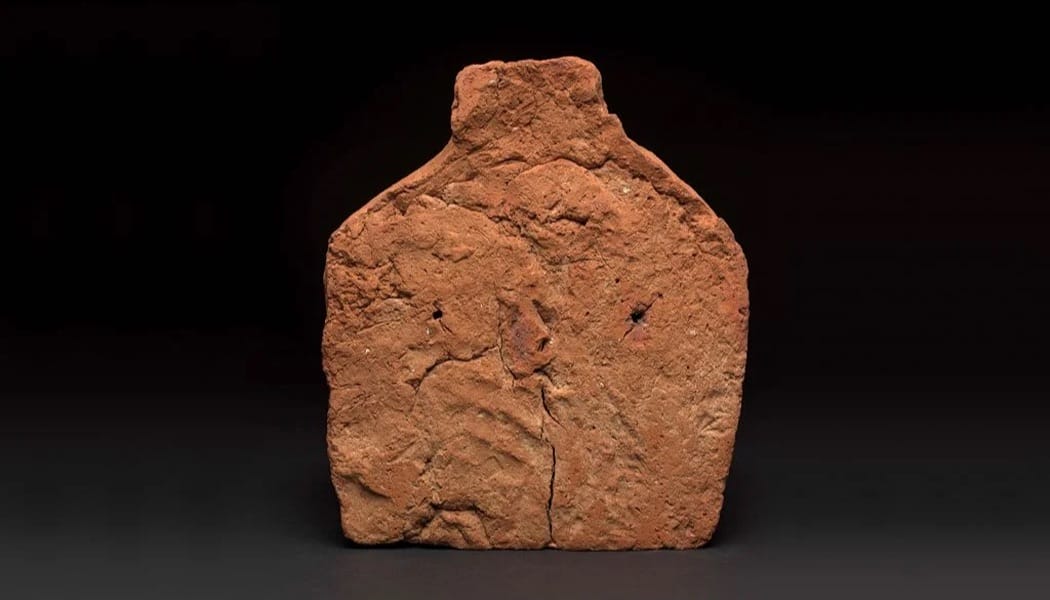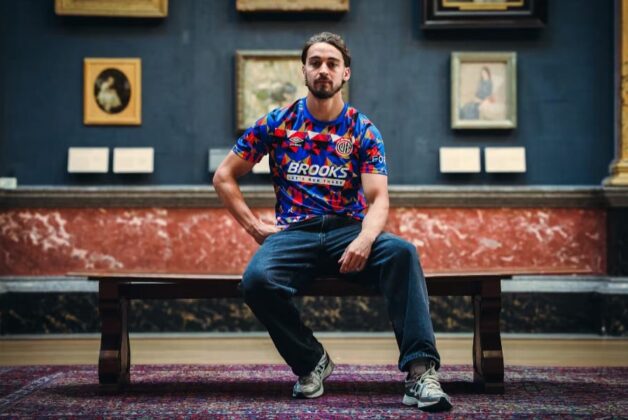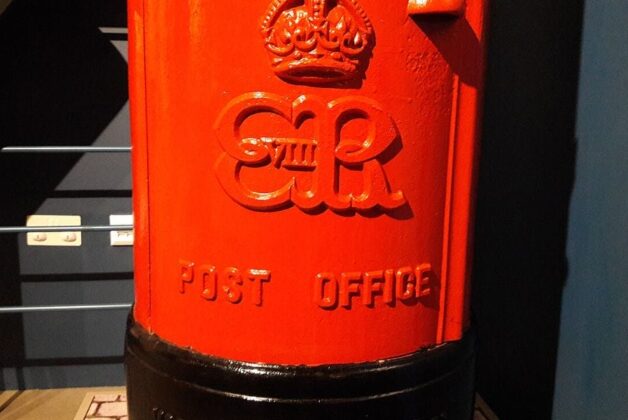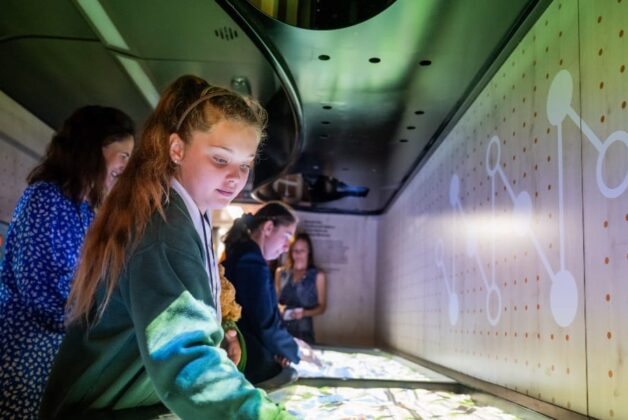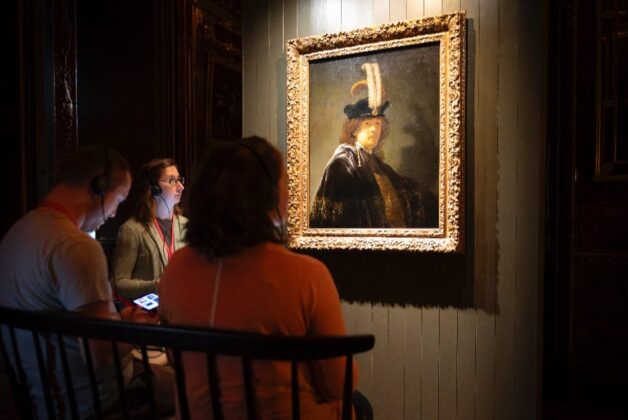Image: A maker’s handprint visible on the underside of the Soul House (Fitzwilliam Museum)
University of Cambridge researchers have discovered a complete 4,000-year-old handprint on an ancient Egyptian soul house, an exceptionally rare find dating to 2055-1650 BC.
A 4,000-year-old handprint has been discovered on an ancient Egyptian “soul house” by University of Cambridge researchers preparing for an upcoming exhibition.
The complete handprint, dating to 2055-1650 BC, was found underneath the clay artifact and represents an exceptionally rare find, as complete handprints on Egyptian objects are virtually unknown.
The soul house is a clay model building typically found in Egyptian burials that functioned as offering trays or places for deceased souls to live within tombs. This example featured an open front space where food items were placed, including bread, lettuce, and an ox’s head.
Analysis revealed that the potter constructed the piece using a wooden stick framework coated with clay to create a two-story building with pillars.
During firing, the wooden framework burned away, leaving empty spaces. The handprint was likely made when someone moved the house from the workshop to dry before kiln firing, providing a direct physical connection to the ancient maker.
The artifact will be displayed in the “Made in Ancient Egypt” exhibition at the Fitzwilliam Museum, opening October 3. The exhibition deliberately shifts focus from famous rulers like Tutankhamun to anonymous craftspeople, despite pottery’s relatively low status in ancient Egypt, where potters were sometimes compared to pigs in historical texts.
Helen Strudwick, senior Egyptologist at the Fitzwilliam Museum, said: “We’ve spotted traces of fingerprints left in wet varnish or on a coffin in the decoration, but it is rare and exciting to find a complete handprint underneath this soul house.
“This was left by the maker who touched it before the clay dried.
“I have never seen such a complete handprint on an Egyptian object before.”
“You can just imagine the person who made this, picking it up to move it out of the workshop to dry before firing.
“Things like this take you directly to the moment when the object was made and to the person who made it, which is the focus of our exhibition.”

